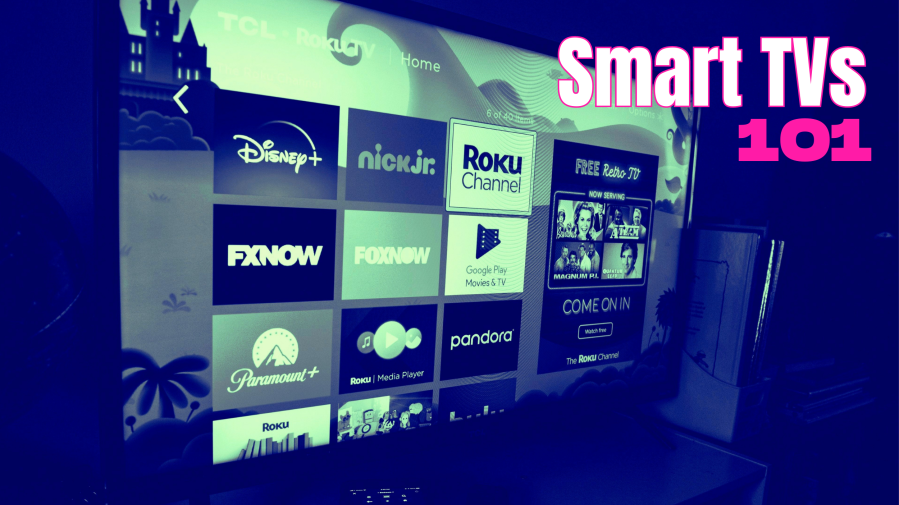
Smart TVs are increasingly popular. By 2020 over 70% of Americans had access to a smart TV, and that number has continued to grow. However, smart TVs continue to have a strong competitor — streaming devices. They may be small, but these devices are powerful and convenient. With so many new high-tech devices coming out each year, you probably have so many questions! Don’t worry, we’ve got the answers.
Streaming devices offer new ways to watch your favorite movies and shows, similar to smart TVs. However, let’s go over the differences between smart TVs and streaming devices to answer one common question: Is a smart TV better than streaming devices? Plus, we’ll cover the advantages and disadvantages of popular devices, like Roku, Apple TV, Amazon Fire TV and Chromecast.
What’s a Smart TV?
When we combine the capabilities of a traditional TV and a computer, we get a smart TV that connects to the internet and allows us to stream movies and shows from Netflix, Hulu and TV programs. Some smart TVs have even more advanced features, including social media apps, photo storage, voice recognition (to change channels and search for apps) and smart home controls. This means your TV could be compatible with smart home devices, including Alexa and Google Home.
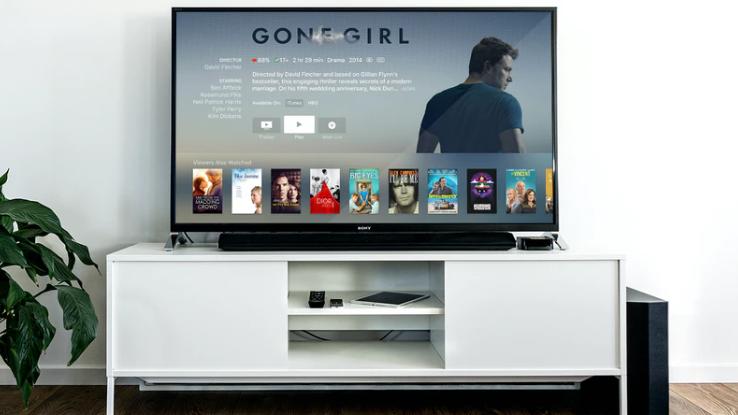
Smart TVs are also easy to use. Plus, there are options that offer great viewing experiences and fair prices. LG Electronics 55-inch OLED TV and TCL’s 4K Smart LED TV are a couple of the best smart TVs on the market. If you want amazing picture quality and wall-mount functionality, consider the LG. For a more affordable choice, check out the TCL with its built-in Roku experience and smart home compatibility.
However, many folks also talk about streaming devices to watch their favorite movies and shows. Some users prefer streaming devices for their exceptional high-tech features.
What’s a Streaming Device?
A streaming device has similar functions as a smart TV. We’ll break down the differences and cover popular examples of streaming tools. A streaming device connects to the internet, but it also connects to a TV via an HDMI port. It gives people access to various channels, media apps and online services with the help of a remote. Please note: You can’t use a streaming device on its own. You need a TV, monitor or computer to view content from the device.
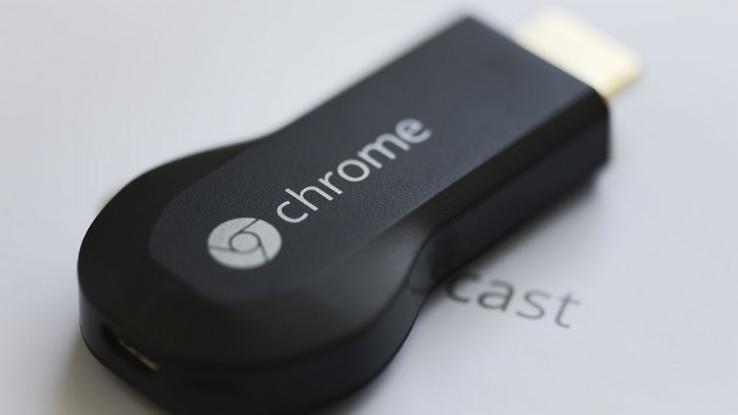
Just like smart TVs, streaming devices are easy to navigate and provide excellent image quality and fair prices. Depending on the device, you can use major video sites like Netflix, Hulu, YouTube and Amazon Prime. Streaming devices also come in the form of small boxes or USB-connection sticks.
The top four streaming devices that compete in the market are Roku, Amazon Fire TV, Chromecast and Apple TV.
Roku
Pros: Roku offers streaming sticks and boxes, such as the Roku Streaming Stick+ and the new Roku Ultra. Many users love Roku for its simple interface and its abundant number of streaming apps. With your Roku remote, you can use voice control to find and watch content effortlessly. Also, the Plus and other models support 4K HDR for an improved viewing experience on your TV screen.
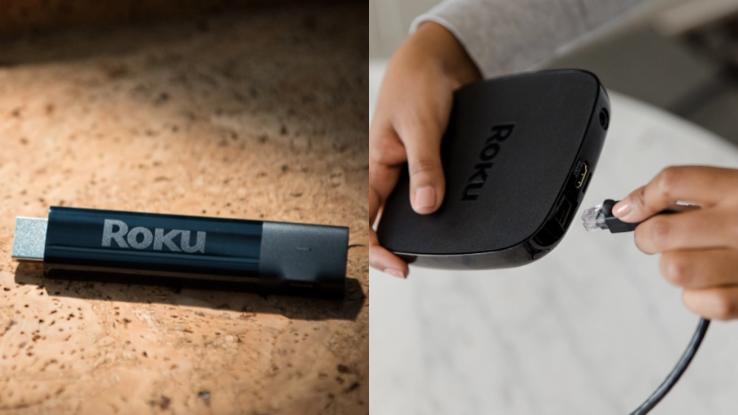
Cons: The Roku system has many benefits, but it does have some cons. For instance, premium channels require a monthly fee, and you need to set up subscriptions to access certain channels for live TV. Another drawback is that it only screen mirrors music, photos and videos from your phone’s Roku app.
Apple TV
Pros: Another fan favorite is Apple TV, which comes with impressive features like voice control and the ability to rent videos from the iTunes store. Of course, video services are available on the platform too. All you have to do is download the apps from the App store. If you have a Mac or iPhone, it’s easy to integrate them to the TV. For instance, Apple TV supports Airplay, allowing you to connect your Mac or iPhone to the TV screen. Plus, you can listen to your music using Apple Music or podcasts using the Podcast app. It’s a solid platform to access all your Apple content.
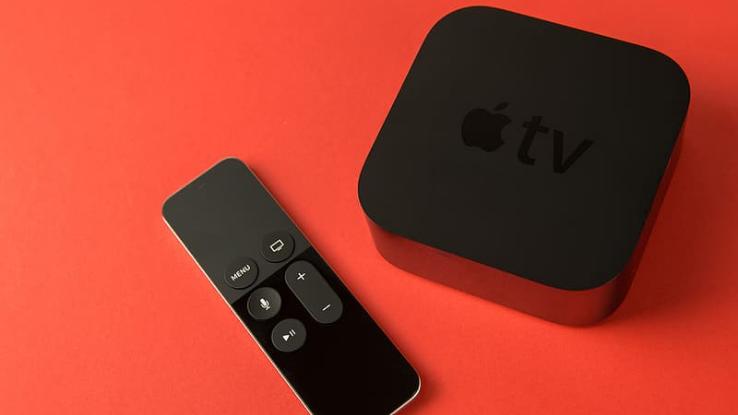
Cons: Apple TV is great whether you’re an iPhone or Android user. However, Android users might avoid Apple TV for one big reason. Airplay makes it easy for iPhone users to stream their devices to Apple TV devices. However, streaming content from an Android device to Apple TV is difficult. People who use Windows will face the same issue.
The second downside is the price. Apple TV is expensive, costing $99 or more. Unlike other streaming devices, it only comes in a box version. A USB stick version of Apple TV doesn’t exist.
Amazon Fire TV
Pros: If you’re a big fan of Alexa and Amazon Prime’s entertainment content, take a look at Amazon Fire TV. With Alexa, users can command the TV to find their favorite movie or turn on lights in the living room. Just like Roku and Apple TV, Amazon Fire TV allows you to watch movies and shows from major streaming services. Amazon Fire TV offers box or stick models to connect to your TV. Some models provide 4K capability to enjoy content in HD-quality. The system is also easy to set up and use.
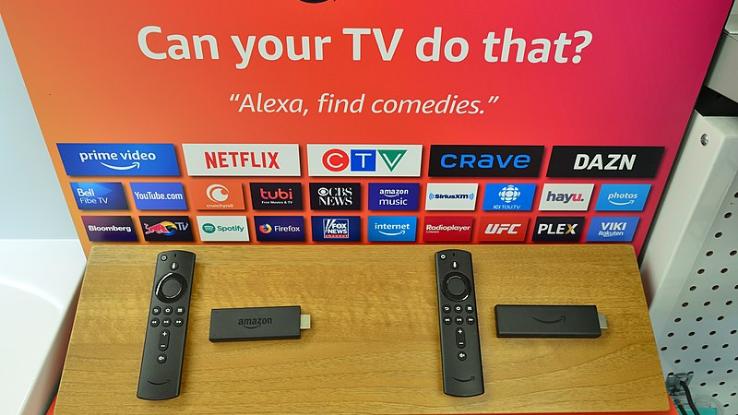
Cons: The bad news is you need an Amazon Prime account to access Amazon Prime features. The device doesn’t offer unique video content alone. Another issue is that the voice search only works on Amazon-related services. If you want to find a movie on Netflix or Hulu, you have to manually look for it in the app instead of using voice search. Some reviewers also complained that Amazon self-promotes itself too much within the platform.
Chromecast
Pros: Google offers the budget-friendly Chromecast and the more expensive Chromecast Ultra. Chromecast is unique because you don’t need a remote to control it. Instead, you use your phone and laptop to stream. That means you can play or pause right from your own devices (Android or iOS). It also works with Google Home.
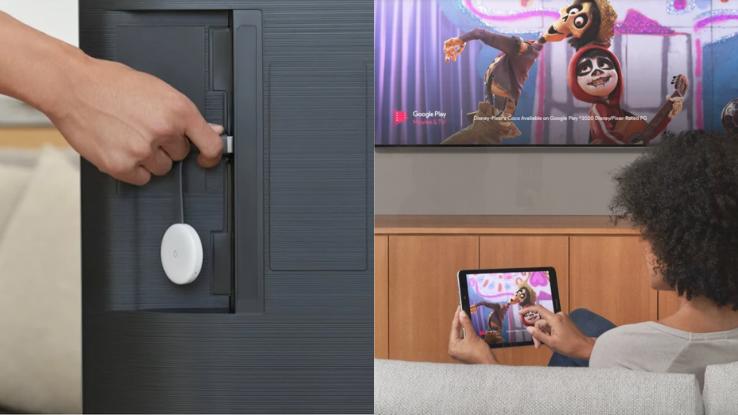
Cons: Some disadvantages of Chromecast include limited streaming options. You can stream from your devices, but you can’t connect to every app, channel or file. Roku and Apple TV support more apps and files than Chromecast. For those who are less experienced with a smartphone or computer, streaming with a Chromecast might be more difficult as well.
Which Is Better?
Streaming devices and smart TVs sound like they have the same functions, right? For the most part, yes. If you already have a smart TV, you don’t need a streaming device. However, if you have extra needs or an older smart TV, a streaming device could be a better choice for you.
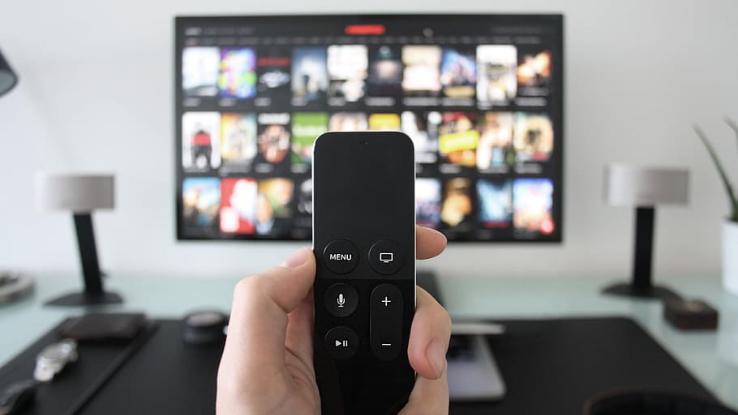
Streaming devices provide more content. If you want endless options for entertainment, a streaming device is more beneficial. Some streaming devices offer software updates to improve the speed, the interface and the apps. For those who despise loading lags, a streaming device is the better option.
Another advantage of streaming devices is that they’re portable. When you’re traveling, you can take it with you to catch your beloved shows and movies. Just make sure Wi-Fi is available.
Overall, if you want an inexpensive, portable tool that provides more content and updates to improve its features and interface, go for a streaming device.






